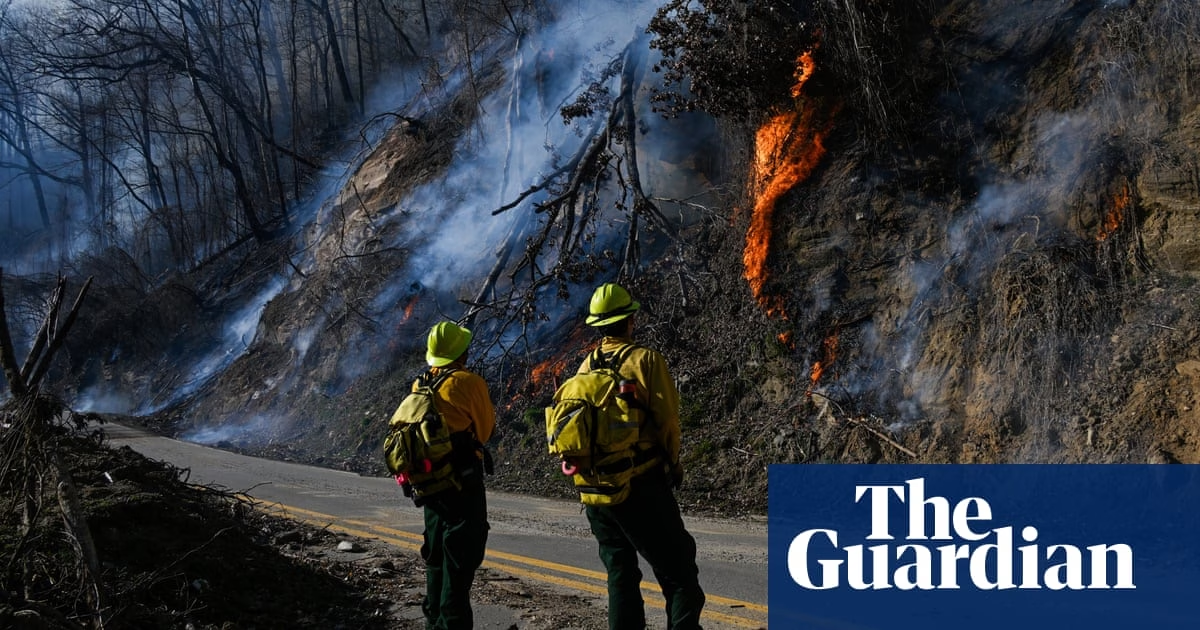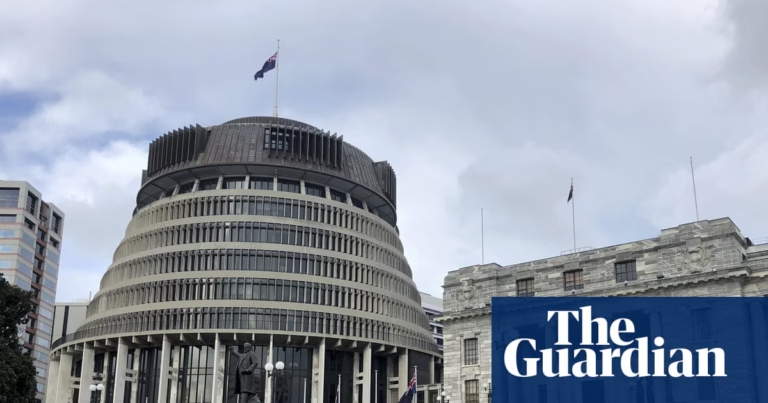As deadly severe storms swept across the United States, recent staffing cuts by the Donald Trump administration have left key weather monitoring and disaster preparedness systems severely understaffed. This has raised concerns among National Weather Service (NWS) meteorologists that the agency, which has been downsized, might be stretched too thin.
March typically marks the start of a four-month tornado season across the eastern two-thirds of the US. Last year’s tornado season was one of the most prolific on record, and this year’s tornado season is getting off to an early active start.
A multi-day tornado outbreak tore across several southern states, with significant damage reported near Ada, Oklahoma, including part of an elementary school. Dangerous storms then moved eastward into the Carolinas and the mid-Atlantic. Strong winds in Mississippi killed and injured multiple people in separate incidents.
The period of unsettled weather raised concerns internally among NWS meteorologists that the newly downsized agency could be stretched thin. The Trump administration directed the NWS’s parent organization, the National Oceanic and Atmospheric Administration (NOAA), to terminate approximately 800 probationary employees.
In addition, more than 100 deferred resignations and early retirements took effect on Friday, mostly in senior roles. The downsizing comes as part of a radical reshaping of the US federal government, led by tech billionaire Elon Musk.
The NWS has lost about 10% of its workforce recently. But current and former NOAA scientists and officials consulted by the Guardian say the NWS cuts fell haphazardly, leaving some forecast offices in a much worse staffing position than others.
Some of the hardest-hit offices were the most prone to severe weather. The NWS offices in Miami, Boston, Houston, Cheyenne in Wyoming, and Rapid City in South Dakota have all lost more than 30% of their staffing as compared with last fall.
Continuing this week, weather warnings for high winds, dust storms, wildfires, and a major blizzard were issued across much of the central US as a tumultuous spring storm system swept across the country. Over the next several days, a series of coastal storms were also expected to bring steady rains to parts of the West Coast, including scorched areas across southern California, where out-of-season wildfires recently destroyed thousands of homes.
Accurate and timely weather forecasts provided by the NWS not only power virtually all weather apps and television weather forecasts but also underlie much of the US economy and help it to function efficiently.
The American Meteorological Society (AMS) stated that the Trump administration’s cuts to the NWS are “likely to cause irreparable harm and have far-reaching consequences for public safety, economic well-being, and the United States’ global leadership”.
NOAA refused to directly comment on the staffing cuts and their likely impact on routine weather forecasting operations.
About one-third of the approximately 40 offices whose post-layoff staffing rosters the Guardian examined throughout tornado alley and in population-dense areas of the East Coast now have critical staffing shortages insufficient to even minimally staff all three shifts while factoring in weekly time off.
Public tasks, such as training and public outreach, including storm spotter training and school field trips, have already been canceled. Weather radar systems near San Francisco and San Diego that went down shortly after last week’s staff cuts were announced took days to be repaired.
Researchers have recently uncovered evidence that our warming atmosphere is contributing to an eastward shift in the region where tornadoes are most likely to form. Water temperatures over the Gulf of Mexico spent much of February at record warm levels, contributing additional moisture and fuel for this week’s severe weather outbreak. The level of warmth over southern states this week was more typical of late April, around the peak of the annual tornado season.
Source: https://www.theguardian.com/us-news/2025/mar/07/trump-layoffs-nws








